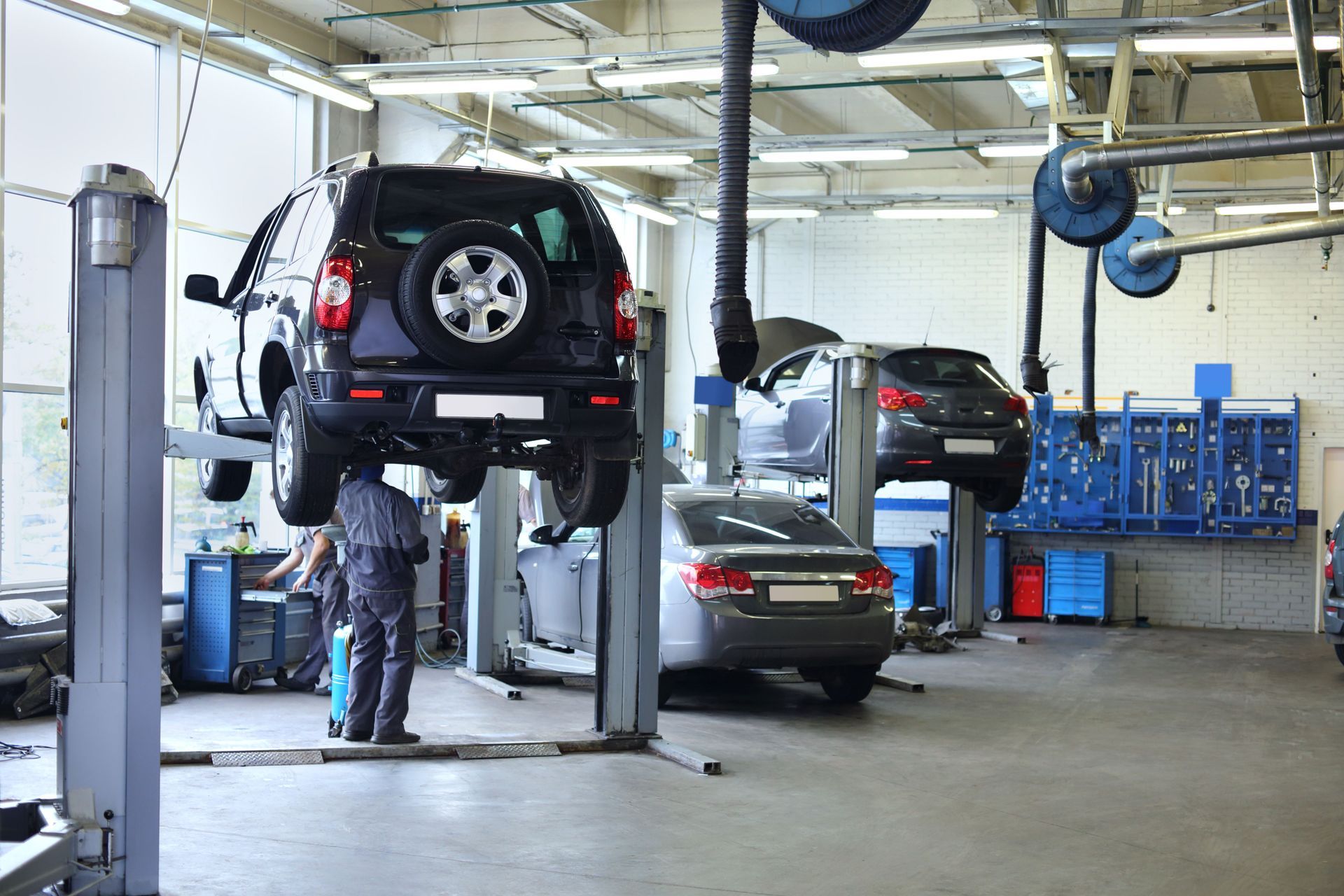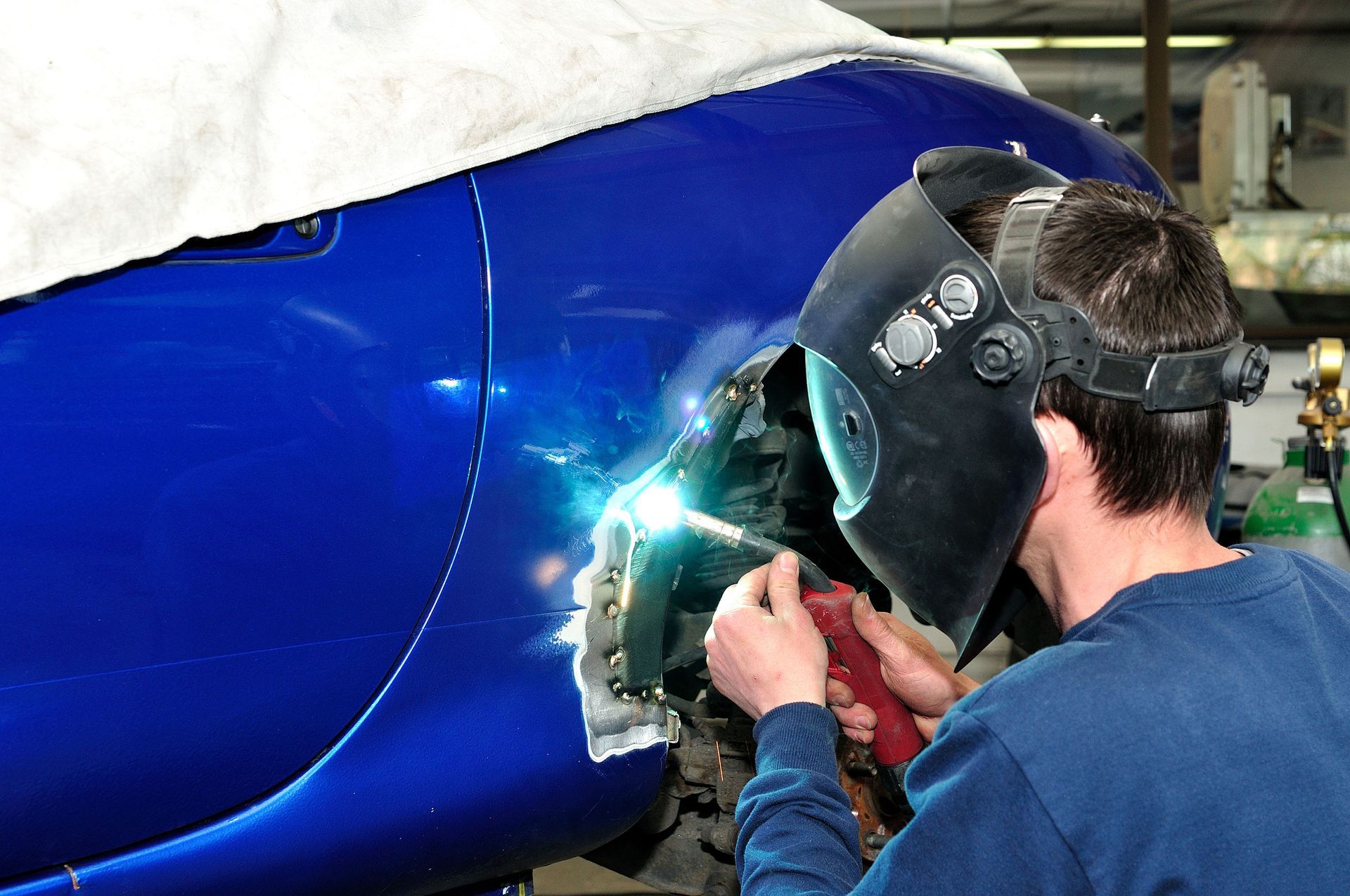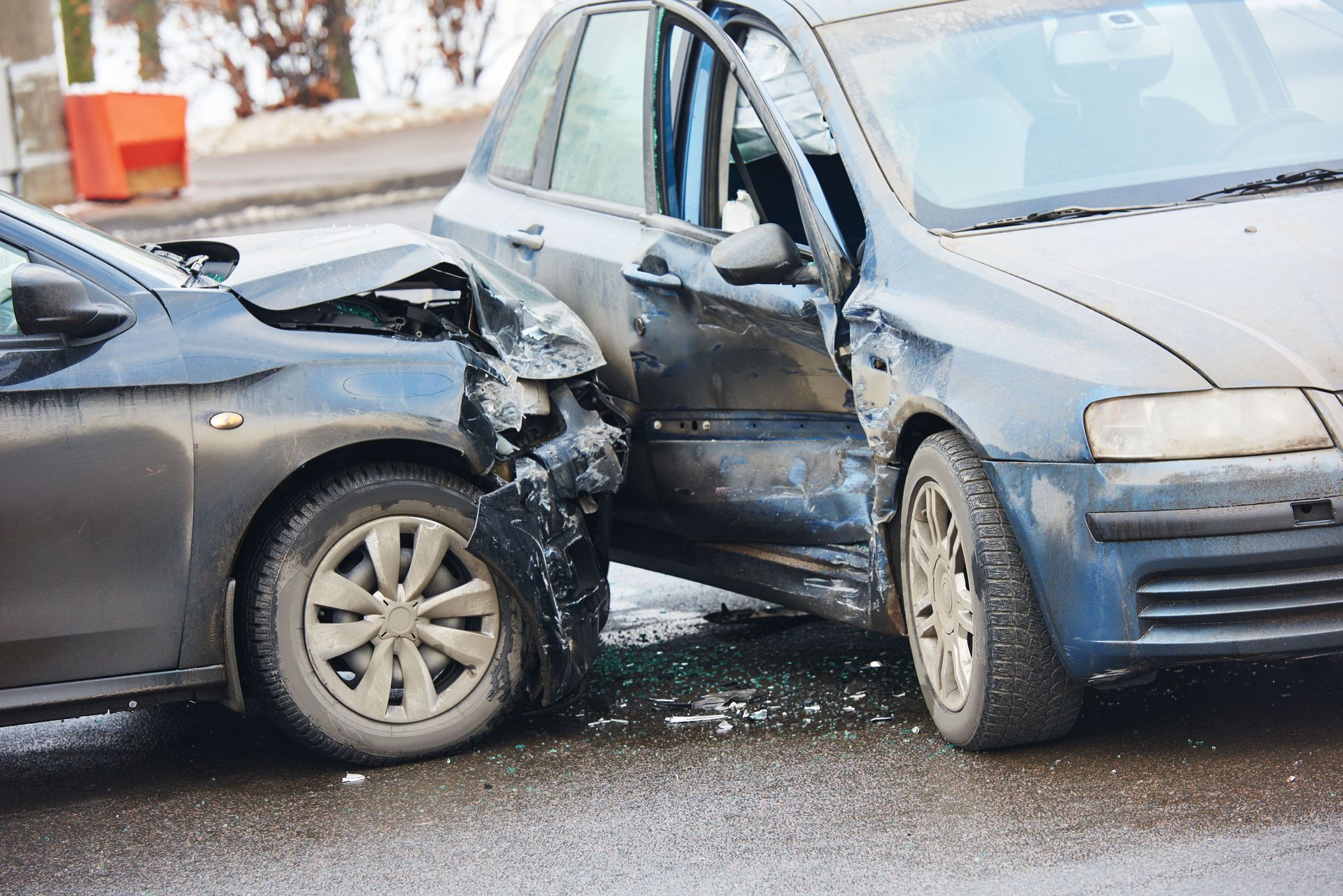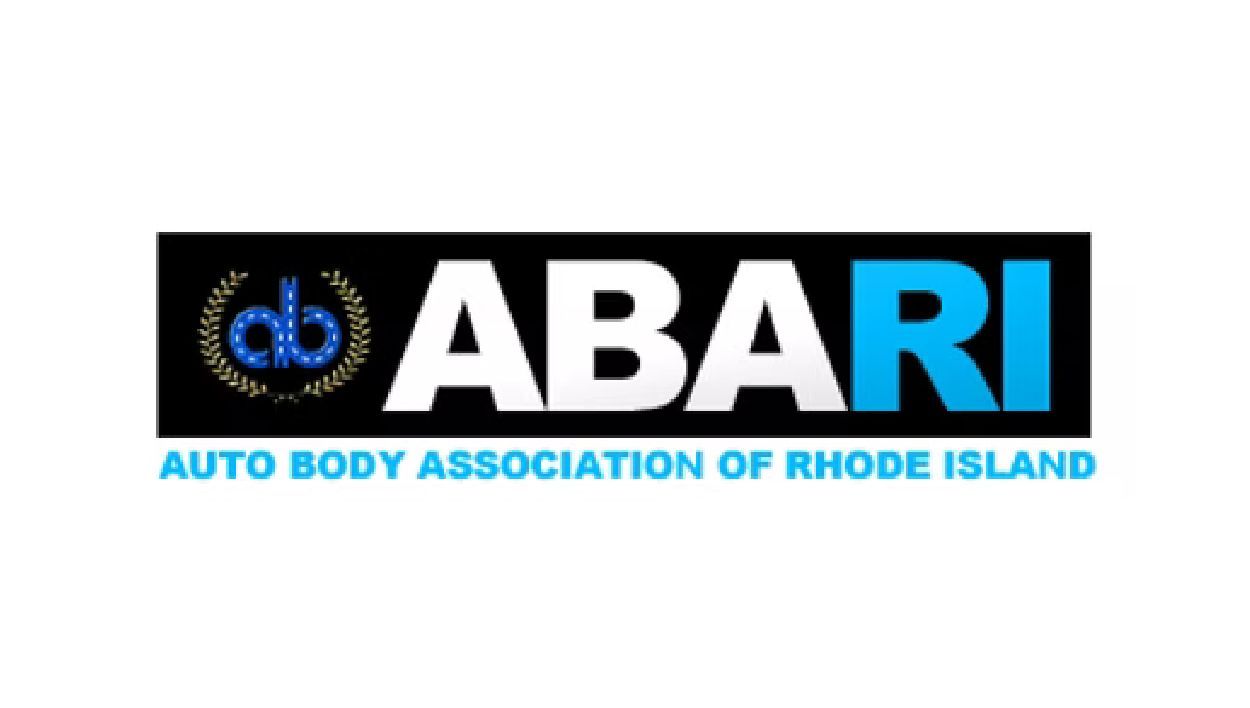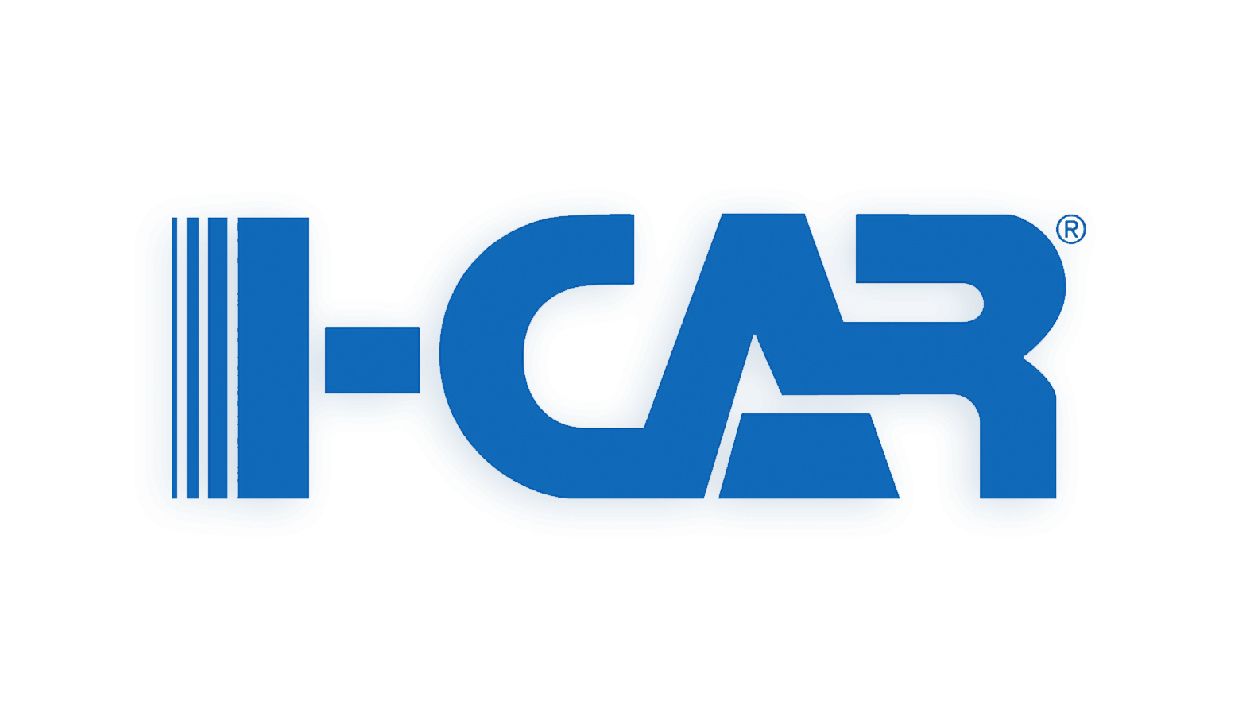June 4, 2024
Actions taken right after an accident can make all the difference between safety and risk. Setting up warning signs like hazard lights and triangles not only secures your surroundings but also minimizes the chance of another collision. Interestingly enough, moving your vehicle to a safer location further distances you from the accident site, providing a slight relief amidst the chaos. Now that’s settled, let’s put our attention into getting that car back on track.
In the event of a collision, prioritize safety by moving to a safe location and calling 911 if necessary. Following that, contact our certified collision repair center immediately for prompt assistance. Our expert team will guide you through the next steps, including arranging towing services if needed and initiating the repair process.
Steps for Managing an Emergency Collision Repair
The moments following a car accident can be disorienting and overwhelming, but it’s essential to maintain a clear head amidst the chaos. Here’s what you need to do right away:
Step I: Ensure Safety
Upon impact, if possible, try to move your vehicle to a safe location away from oncoming traffic. Turning on your hazard lights and setting up warning triangles can help alert other drivers to the situation. Remember, safety should always be the first priority in any collision scenario.
It’s understandable that the initial shock of an accident can make it challenging to remain composed. However, ensuring your safety and that of others involved or nearby is paramount. If moving your vehicle is not possible due to injuries or extensive damage, stay put and turn on your hazard lights to warn other drivers of the situation.
Step II: Check for Injuries
In the aftermath of a collision, take a moment to assess yourself and any passengers for injuries. It’s important to remain as calm as possible and evaluate any potential physical harm resulting from the accident. If there are injuries, even minor ones, it’s imperative to call emergency services immediately for assistance.
Even if you aren’t experiencing immediate pain or discomfort, it’s crucial to remember that certain injuries from accidents may not exhibit symptoms right away. Seeking medical attention promptly can help diagnose and treat any underlying issues early on, preventing potential complications in the future.
Step III: Call the Police
Contact local law enforcement as soon as possible to report the accident. Cooperate fully with any investigations and provide law enforcement with all necessary information about the incident. The police report generated after their investigation may be invaluable for insurance claim processing and legal procedures.
While some may feel hesitant about involving police in what they perceive as a minor accident with no apparent injuries or major damage, it’s important to remember that a police report can be essential when dealing with insurance claims or lawsuits later on. Additionally, having an official record of the incident ensures clarity and transparency regarding the events that transpired.
By following these critical steps in managing an emergency collision, you can ensure immediate safety and lay the groundwork for future legal and insurance proceedings.
Selecting a Suitable Emergency Collision Repair Provider
When it comes to getting your car back on the road after an accident, selecting the right emergency collision repair provider is vital. Here’s what you should consider when choosing a suitable repair shop:.
Reputation and Experience
When researching local emergency collision repair providers, pay close attention to their reputation and experience. Look for testimonials and reviews from previous customers, as these can give you valuable insights into the quality of their work and level of customer satisfaction. A provider with a strong track record of quality work and positive customer feedback is more likely to deliver superior service. To ensure their credibility and professionalism, find out if they have accreditation or ratings from reputable organizations like the Better Business Bureau (BBB) . It may also be helpful to ask around within your community for recommendations. Friends, family, or co-workers who have had positive experiences with emergency collision repair providers can offer valuable firsthand insights.
Certification and Training
Another critical factor to consider is the certification and training of the repair shop’s technicians and staff. Look for a provider with certified technicians who have received formal training and are skilled to work on a variety of vehicle makes and models. This ensures that your vehicle will be in the hands of knowledgeable professionals who understand its specific repair needs. For instance, certification by organizations such as the Inter-Industry Conference on Auto Collision Repair ( I-CAR ) demonstrates that the repair shop has met stringent industry standards and possesses the necessary expertise to handle collision repairs. Think of it like seeking out a doctor with specialized training in treating specific medical conditions. Just as you would want a qualified specialist overseeing your medical care, you should seek out a repair shop with expertly trained technicians to handle your vehicle’s restoration.
Range of Services
A comprehensive range of services is another important consideration when choosing an emergency collision repair provider. Look for a shop that offers a wide spectrum of services, from minor dent repairs to major collision restoration. Having all potential repair needs addressed under one roof provides convenience and ensures that any damage, no matter how extensive, can be expertly handled.
By carefully considering each of these factors, you can confidently select a collision repair provider that meets your vehicle’s specific needs while providing exceptional service and peace of mind during the restoration process. Carrying this same diligence into communicating with your insurance provider is crucial for ensuring a smooth process in getting your vehicle back on the road.
Communication with Your Insurance Provider
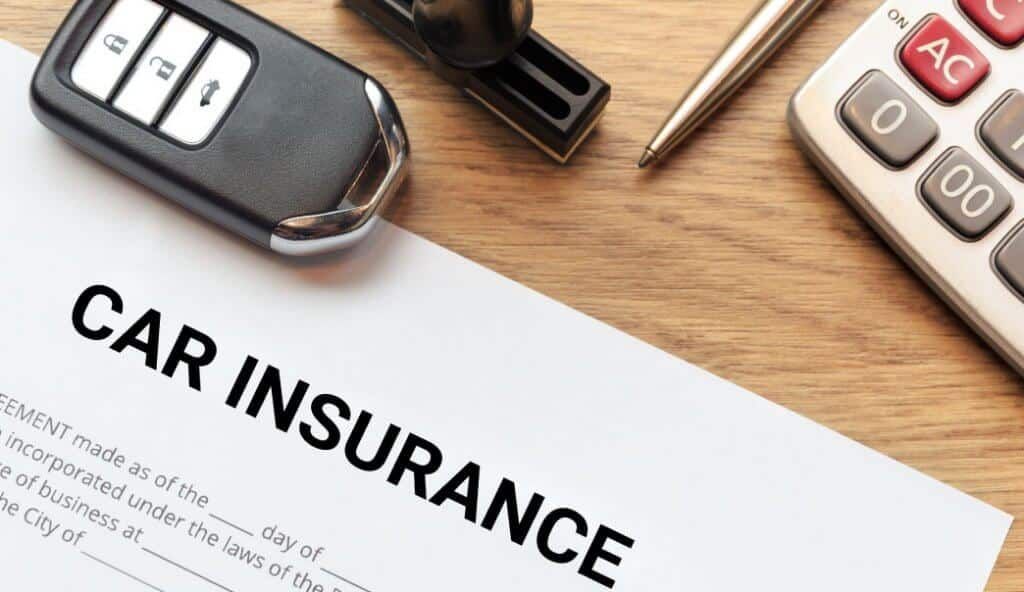
Once you’ve chosen an emergency collision repair provider, it’s time to connect with your insurance company. It’s important to inform them about the collision as soon as possible. Let them know all the necessary details and provide any required documentation to initiate the claim process.
In many cases, your insurance company will have requirements for you to follow after a collision. This could include filling out specific forms or providing detailed accounts of the accident. Make sure to get these forms to them promptly so the claims process can begin smoothly. Every detail you give your insurance company is crucial to helping you receive the necessary compensation for your vehicle repair.
Now, once you’ve notified your insurance company about the incident, it’s important to thoroughly review your policy details. Reviewing your policy will help you understand the coverage you’re entitled to for collision repair. This may include deductible amounts, coverage limits, and preferred repair shop options.
Understanding your insurance coverage empowers you to make informed decisions regarding repairs. For instance, knowing whether your policy allows you to choose the repair shop can give you the freedom to select a provider that meets your expectations and ensures quality work.
Effectively communicating with your insurance provider and thoroughly understanding your coverage lays a strong foundation for a smooth and well-informed progression through the collision repair process.
With a firm grasp of insurance communication and coverage considerations, let’s now embark on understanding the comprehensive collision repair process.
The Comprehensive Emergency Collision Repair Process
Once you’ve reported the accident and filed a claim with your insurance company, the next step is for your vehicle to undergo a thorough assessment of the damage. This initial damage assessment is crucial to understanding the extent of repairs needed to restore your vehicle.
A qualified technician will carefully inspect every area of your vehicle affected by the collision. This includes not only the visible exterior damage but also potential underlying structural issues that may not be immediately apparent. The goal is to identify and account for every aspect of the damage before any repair work begins.
After the damage assessment, you’ll need to obtain estimates from the chosen collision repair providers. It’s important to choose a reputable collision repair shop with trained and certified technicians who can accurately assess and estimate the repairs required for your specific make and model of vehicle. Trustworthy shops will provide detailed estimates that cover all aspects of structural and cosmetic repairs, ensuring transparency throughout the process.
A reliable emergency collision repair facility may even offer digital estimates using advanced software and imaging technology to create a comprehensive overview of the required repairs. This not only aids in accuracy but also facilitates a clearer understanding for both you and your insurance company.
Once you’ve obtained the estimates, you will then submit them to your insurance company for approval. Upon approval, the repair and restoration work can begin in earnest. This stage involves structural repair, cosmetic repair, painting if necessary, and meticulous attention to detail.
Structural repair, Cosmetic repair, and Painting of Emergency Collision Repair
Structural repair addresses any damage to the fundamental framework of your vehicle, focusing on restoring its integrity and safety. Cosmetic repair involves addressing any visible imperfections, such as dents, scratches, or other external damages. When painting is required, skilled technicians use professional techniques to seamlessly match and blend new paint with existing areas, ensuring a seamless finish.
At each step of this comprehensive process, precision and experience are essential to ensuring the successful restoration of your vehicle while maintaining its safety standards and aesthetic appeal. By understanding these key stages, you can feel confident in navigating the collision repair process with clarity and awareness.
Navigating the labyrinth of collision repair costs can be daunting; however, there are various financing options available to address your concerns while getting your vehicle back on track.
Financing the Cost of Emergency Collision Repair
After a car accident, financing the repairs might become a concern. It’s essential to understand your options and ensure your vehicle gets the necessary repairs without causing financial strain. Let’s look at some key points to consider when determining how to finance the cost of collision repair.
Insurance Coverage
Firstly, it’s crucial to check whether your insurance policy covers the cost of the repairs. Depending on your policy and the circumstances of the collision, your insurance company may cover a portion or the full cost of the repair. Contact your insurance provider as soon as possible to initiate the claims process. They will guide you through the necessary steps and provide information about their coverage for collision repairs.
For instance, if you have comprehensive coverage in your insurance policy, it may include coverage for damages resulting from collisions with other vehicles or objects. Additionally, if you were not at fault in the accident, the other driver’s insurance may be responsible for covering repairs.
Out-of-Pocket Expenses
In situations where you have out-of-pocket expenses for emergency collision repair, there are financing options available to help manage the cost. Many collision repair facilities offer payment plans to accommodate individuals who may need assistance with covering the repair expenses.
It’s advisable to inquire about these options with your chosen collision repair provider. By discussing payment plans and financing alternatives, you can select a solution that aligns with your financial situation and eases the burden of paying for the repairs upfront.
By evaluating both insurance coverage and financing options for out-of-pocket expenses, you can make informed decisions regarding how to manage the financial aspect of collision repair. This ensures that necessary repairs are conducted promptly without creating undue financial stress during an already challenging time.
Points of Consideration Throughout the Repair Process
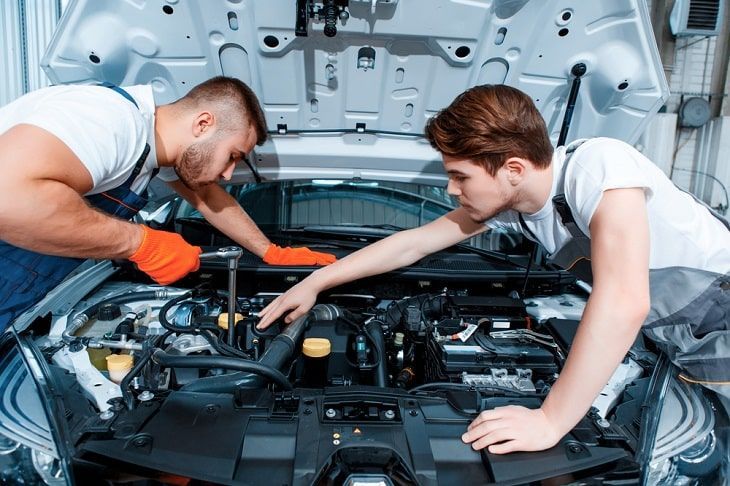
When your car is being repaired after an accident, it’s natural to feel anxious; after all, it’s one of your most significant investments. From the estimated timeline for repairs to quality guarantees and coordinating with rental services, here are some crucial points to consider:
Timelines for Completion
Before leaving your vehicle in the hands of a emergency collision repair provider, it’s important to openly discuss the estimated timeline for completion. This helps align their work schedule with your needs and provides you with a clearer picture of how long you may be without your vehicle. While it’s understandable that you want your car back as soon as possible, keep in mind that quality repairs take time. So, it’s essential to find a balance between prompt service and thorough, quality workmanship.
A professional and reliable collision repair shop should be transparent about the time needed for each stage of the repair process —from disassembly and ordering replacement parts to making repairs, painting, reassembly, and final inspection. Keeping an open line of communication with the repair provider regarding the timeline can help manage expectations and alleviate any unnecessary stress related to the repair duration.
Quality Guarantees
Inquire about warranties for the repairs performed by the collision repair shop. Reputable repair shops often provide warranties as a guarantee of quality workmanship. This assurance not only reflects their confidence in their services but also offers you peace of mind knowing that they stand behind their work.
When discussing warranties, take note of the type of repairs covered and the duration of coverage. A lifetime limited warranty for all repairs is a sign of a meticulous quality control process and can be reassuring as it demonstrates the repair shop’s commitment to long-term customer satisfaction.
Coordination with Rental Services
If your vehicle is inoperable during repairs or if there will be a significant delay in completing the work, consider coordinating with rental services offered by the repair provider or through your insurance company. In many cases, insurance policies include coverage for rental cars while your vehicle is being repaired.
Coordinating rental services can help you maintain mobility and carry on with your daily activities without major interruptions. However, it’s important to check the specific details of rental coverage in your insurance policy and understand any limitations or requirements related to rental car arrangements.
These vital considerations play an integral role in ensuring that your collision repair process is not only smooth but also provides you with peace of mind throughout the entire journey from drop-off to pick-up.
Navigating the aftermath of a car accident can be overwhelming, but armed with these essential considerations, you’re better equipped to ensure a seamless and satisfactory collision repair experience.
Trust Ken Rocha Collision for Your Emergency Collision Repair Needs
At Ken Rocha Collision , we understand that accidents are stressful and disorienting. That’s why we’re here to make your emergency collision repair process as smooth as possible. If you find yourself in an accident, remember that quick, professional assistance is just a call away. Our experienced team is ready to handle all your collision repair needs with precision and care. Don’t let the aftermath of an accident overwhelm you; contact us immediately for a comprehensive repair service . Trust Ken Rocha Collision to restore your vehicle and your peace of mind. Call us today and get back on the road safely and quickly!
The post Emergency Collision Repair: What to Do and Who to Call After a Car Accident appeared first on Ken Rocha Collision.

